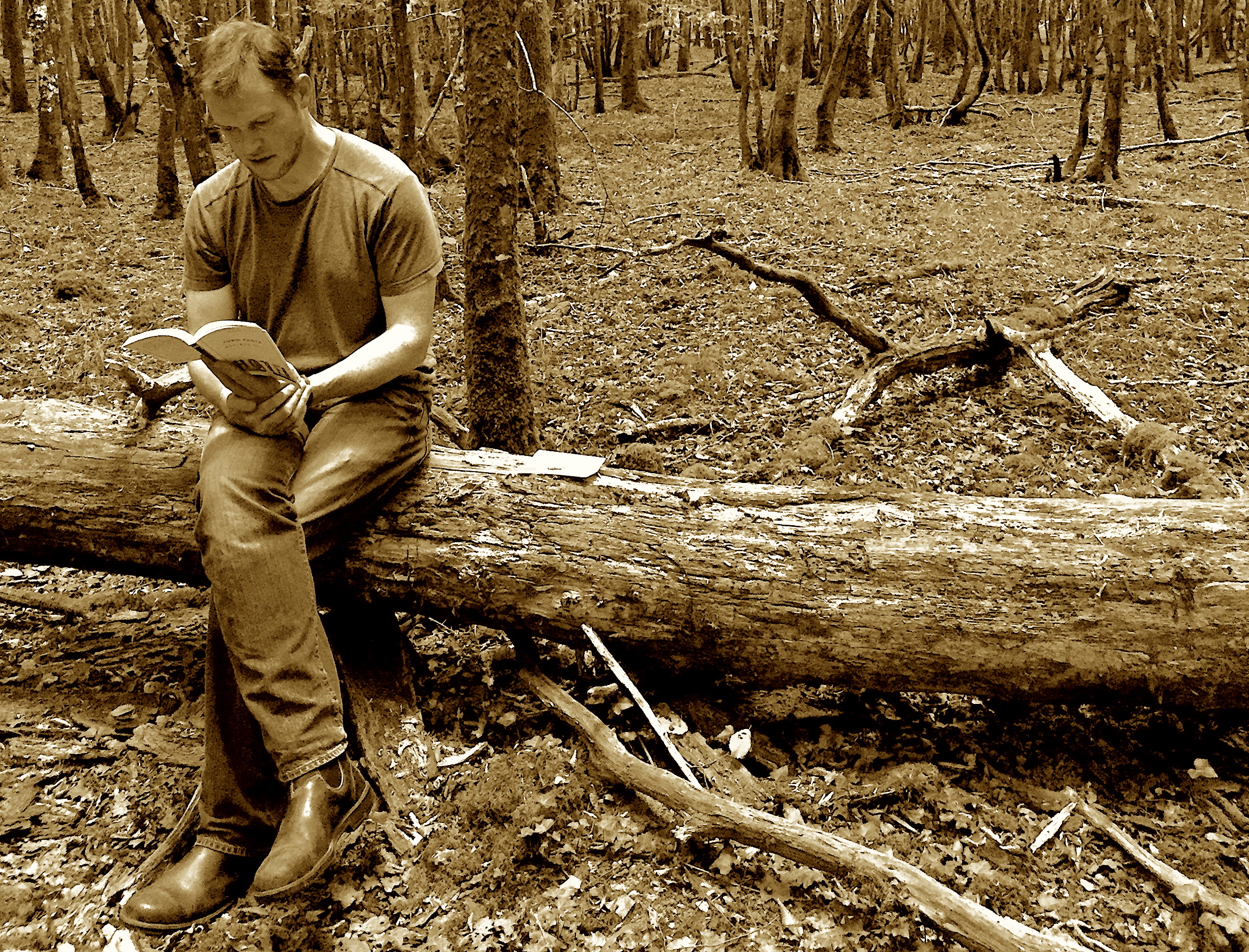A “close reading” is a detailed examination of a text to study its design. The goal is to explore how an effective text works, and consider the decisions and strategies the author used in creating it. There is no rigid set of rules about how one must approach a close reading, but there are a few strategies and metaphors that can help readers analyze the structure and workings of a text.
Start a close-read by annotating — highlighting phrases that stand out, phrases that seem significant, surprising, or puzzling. Write notes in the margin. Pay attention to words, sentences, paragraphs, sections, and punctuation. Record your first impressions: What makes this essay work? How does the writer guide our experience? Where is our attention directed? Which words, phrases, images stand out, in good or unusual ways? How does the author experiment, probe his/her world? What feels wrong, suspicious, or disingenuous? Where is the author manipulating our attention, cutting corners, stretching credibility?
Here are some specific factors to keep in mind:
1) Literal content
(theme, plot, character, context; who, what, when, where, why, how)
2) Diction and grammar
(verb and noun choice; use and shifts of pronouns; use and choice of modifiers; punctuation)
3) Structure
(obvious sections, beginnings and endings, transitions; structural, thematic, and visual shifts; use of section breaks and white space; stages/interrelation of argument, discussion, complication)
4) Style and tone
(voice, alliteration, sensory information; is its serious, humorous, sentimental, ironic? Look for various forms of surprise, including factual, ironic/situational, verbal, and argumentative surprise)
5) Figurative language
(metaphors, similes, symbols, allusions; what do they convey — are there multiple meanings?)
6) Characterization
(who is in the essay, what do they do/say/show, what is revealed of them)
7) Patterns
(images, symbols, words, rhythm, punctuation, repetition, oppositions, parallels, colors; sentence length, variety, and structure; verbal and conceptual echoing and or “returns”)
8) Narrative forms
(description, action, dialogue, narration, scenes, quotation, analysis, argument, evidence)
Finally, look for the various tactics the author uses to establish these five factors:
- Focus
- Significance
- Drama
- Authority
- Surprise
[Note: I originally developed this guide for my ENGL 120 “Reading and Writing the Modern Essay” students at Yale University in the spring of 2014. It draws on a number of sources, including previous sections of ENGL 120.]

